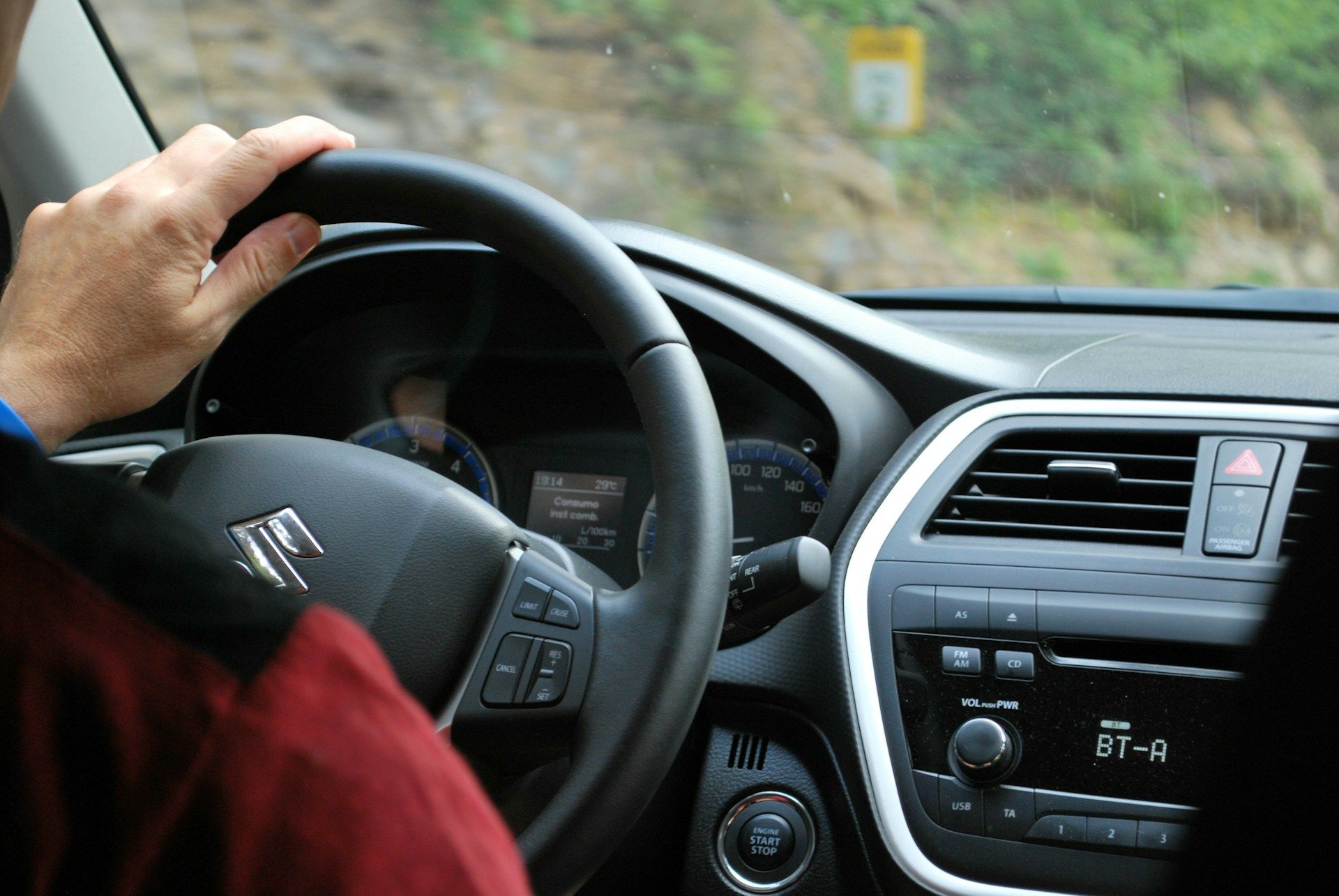WVG LAW GROUP | OTTAWA PERSONAL INJURY LAWYERS
Pedestrian & Cyclist Legal representation you can TRUST
Pedestrian and Cycling Accidents | Ottawa Injury Lawyer
Pedestrian or Cycling Accident
A car accident involving a pedestrian or cyclist can have devastating impacts.. Making matters worse, injured victims often face overwhelming debt due to steep medical bills and lost income.
Our lawyers at WVGB Law Group specialize in personal injury law. We will help you navigate a complicated legal process, while fighting for the benefits and compensation you deserve. Let us deal with the lawyers and insurance companies, so you can focus on your recovery.
Do you have a claim?
All motorists in Ontario have a duty to follow the rules of the road and to avoid unsafe or reckless behaviours. Typically, the first step in any car accident-related claim is proving that the other driver committed a wrongful or negligent act. However, when a car accident involves a pedestrian or cyclist, the onus shifts to the driver of the vehicle. The pedestrian or cyclist has to prove that the accident happened. From their, the driver is presumed to be at fault, unless they can prove that the accident did not arise through their own negligence or improper conduct.
WVG Law Group is here to assist clients involved in pedestrian and cycling accidents caused by:
- Negligent, distracted, or inattentive driving;
- Speeding;
- Failing to obey a stop sign or traffic control signal;
- Failing to yield the right-of-way to a pedestrian or cyclist; and
- Dooring’ accidents (i.e. when the driver or passenger of a parked car suddenly opens the car door in the pathway of an oncoming cyclist, causing the cyclist injuries).
How to Know if You Are Entitled to Damages?
If you intend to file a claim, you should be able to prove that the at-fault driver had a duty of care and breached that duty of care. All motorists on Ontario roads have a duty to drive safely and avoid reckless behaviours that would put other people including cyclists in danger. This would include:
- Drive under the influence of drugs or alcohol;
- Drive while distracted;
- Make illegal turns;
- Fail to keep their vehicles safe;
- Break the speed limit; or
- Engage in other illegal or reckless behaviors.
In order for an injured cyclist to recover for injuries and damages sustained in an accident caused by a motor vehicle driver, the injured cyclist needs to prove negligence on the part of the driver. Specifically, the injured cyclist should be able to establish that:
1) the driver failed to act as an ordinary, reasonable, and prudent driver under the circumstances;
2) that this breach factually and legally resulted in the cyclist’s injuries and damages
Some of the most common types of injuries sustained in Ottawa bicycle accidents include fractures and broken bones, concussions, traumatic brain injuries (TBI’s), soft tissue injuries, permanent scarring (especially facial scarring), spinal cord injuries, and death.
Upon proving negligence on the part of a motor vehicle driver, an injured cyclist may be able to recover damages for related medical bills, lost wages, pain and suffering, emotional distress, loss of earning capacity, and loss of spousal companionship.
Cyclist Product Liability Cases
In cases of defective bicycle handlebars, seats, or brakes, an injured cyclist may have a cause of action against the bicycle manufacturer or distributor for products liability. The damages available to injured plaintiffs in products liability cases are similar to those available in negligence cases.
How Much is Your Claim Worth?
No lawyer in Ontario can guarantee a specific outcome for your case. It is important to know that there are numerous factors that will influence whether your claim is successful and the amount of compensation you ultimately recover.
Those factors include:
- The cost of the medical bills you have incurred;
- The cost of any future medical treatment you will need;
- The amount of income you lost due to your injuries;
- Whether your injuries have affected your future earning capacity;
- Whether you required home modifications to accommodate your injury;
- The cost of fixing your vehicle; or
- Whether your injury caused scarring, disability, or the loss of a bodily function.
QUICK LINKS
CONTACT US
Tel: (613) 505- 5025
Fax: (613) 234-5852
info@wvgblaw.com
200-2571 Carling Avenue
Ottawa, Ontario
K2B 7H7
SERVICES
RECENT BLOG POSTS










